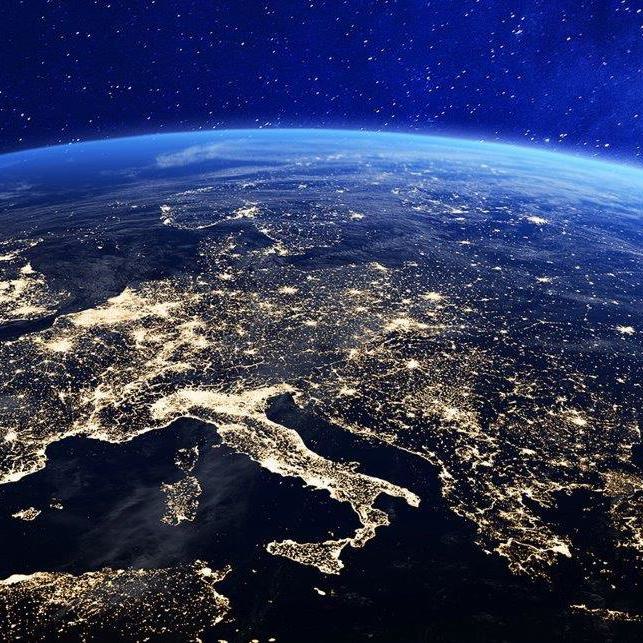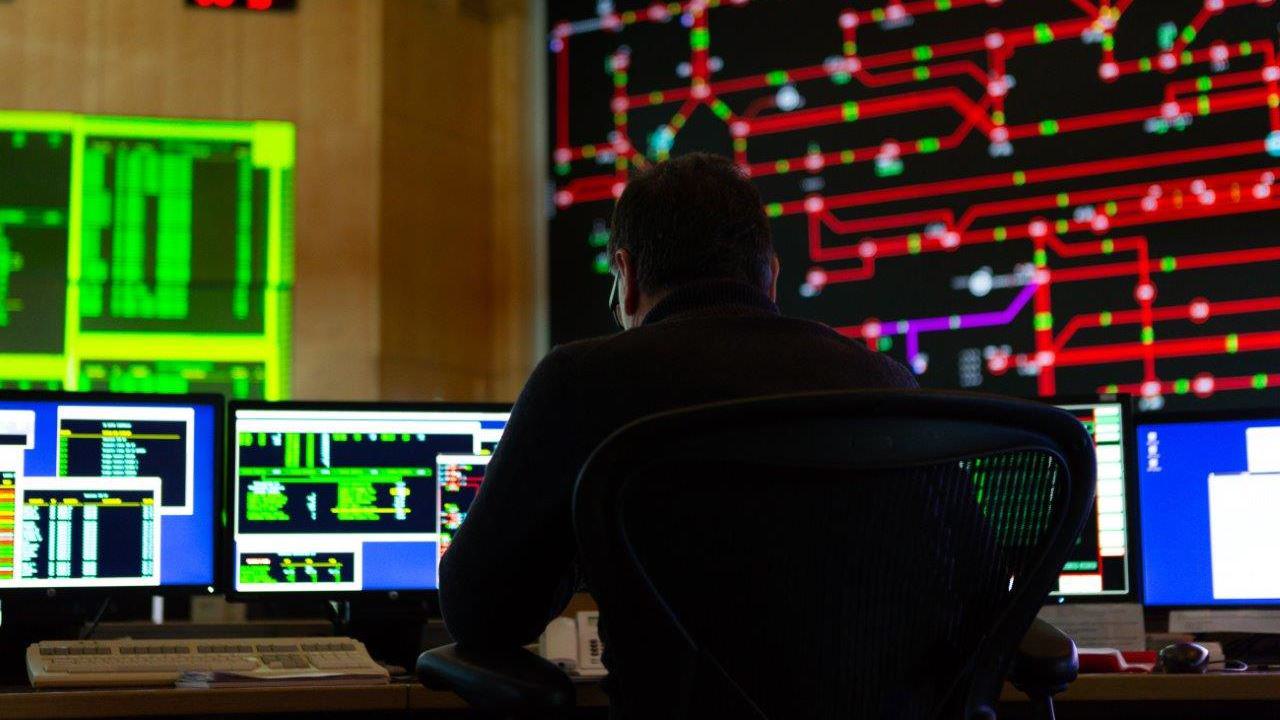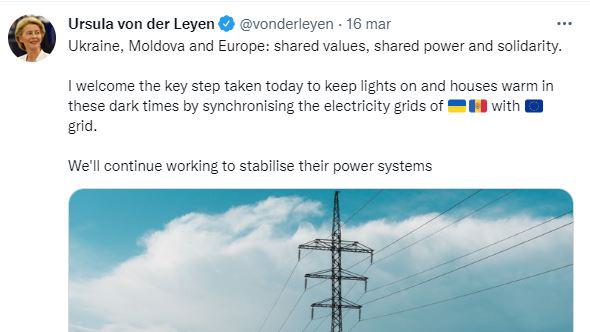«Ukraine has become a member of the European Energy Union», declared Volodymyr Zelenskyy, attempting to console his tormented yet determined nation. For us as Italians, it is a source of pride. Terna, with its reputation, technical expertise, recognised experience in the regulatory "alchemy" required to connect the grids of countries that are not always consistent, has been a driving force in the race to bring forward integration of Ukraine and Moldova, due to the emergency triggered by the war, into the European electricity system launched in 2017. This was planned for 2023. The process is now basically complete. Since 16 March 2022, Ukraine and Moldova are no longer connected to the Russian electricity system but to the large synchronous area of Continental Europe, the largest in the world, serving 400 million customers in 24 countries.

Emergency and solidarity: Ukrainian electricity has already joined the EU
Since the 16 March 2022, with the crucial support of Terna, synchronisation is active for the Ukrainian electricity system with the Continental European area, extended also to include Moldova.

Seven interconnections between Ukraine-Moldova and Continental Europe have been closed during the delicate process of synchronisation, including one 750 kV line. Stability was guaranteed from the closure of the first line. There were no critical effects for the two countries nor for those in the synchronous area, which now includes the new members. Italy and its continental partners will therefore now contribute to the stability of the Ukrainian electricity system, ready to intervene, and to provide power if and when it is needed, supporting the ex-soviet republic in facing the uncertainties of the electricity system under fire from the aggressor.
This is an important step for all parties, beyond a necessary act of solidarity and aid. It is a move, not merely of a technical nature, towards full integration with Europe. Entso-e, the organisation of continental TSOs, through the European TSOs, including Terna, provided a rapid response to the request for emergency acceleration of the synchronisation process formulated by the manager of the Ukrainian grid, Ukrenergo, on 27 February 2022, during the initial stages of the conflict. This was a challenge on various fronts, both from a technological and regulatory perspective.

Terna engaged its recognised technical and systems expertise. «It has been 20 days of very intensive work. It was necessary to enable the new partner to align with our standards, in terms of equipment infrastructure, European rules and procedures for real-time management», highlighted Giorgio Maria Giannuzzi, who led the engineering challenge for the operator of the Italian national transmission grid. «It helped us somewhat that the Ukrainian electricity system was temporarily isolated from Russia on those days because Ukrenergo was involved in certain island tests in line with already scheduled procedures. The Ukrainian grid should have reconnected with Russia in view of the subsequent phases of tests with Europe to complete the complex reintegration process. The decision was made to forge ahead».
«It has been 20 days of very intensive work. It was necessary to enable the new partner to align with our standards, in terms of equipment infrastructure, European rules and procedures for real-time management».
Giorgio Maria Giannuzzi, Terna Dispatching Engineer
«These were complex but mandatory procedures, which we had to redefine and compress in terms of time frames and methods, to rapidly verify, for example, the capacity for real-time management of unexpected events such as unavailability of a large power station, preparing and simulating the necessary countermeasures». There are numerous critical factors: from security protocols to full integration of control rooms «that absolutely must speak the same language also in terms of detailed requirements», before achieving actual biunique integration of the grids.
The regulatory side of things was no less complex, and Terna was called to contribute «due to its experience, considered to be precious for an emergency synchronisation operation that certainly does not fall within the standard frameworks and for which we consulted with national regulators and the EU Commission», noted Verdiana Ambrosi, Head of European Regulation at Terna. To summarise, this was a real «process of perfecting the rules involving constant monitoring, in the knowledge that with an entirely unprecedented operation such as this, many regulatory aspects are really difficult to identify ahead of the event» added Celeste Di Gennaro from the team of regulatory specialists mobilised by Terna.